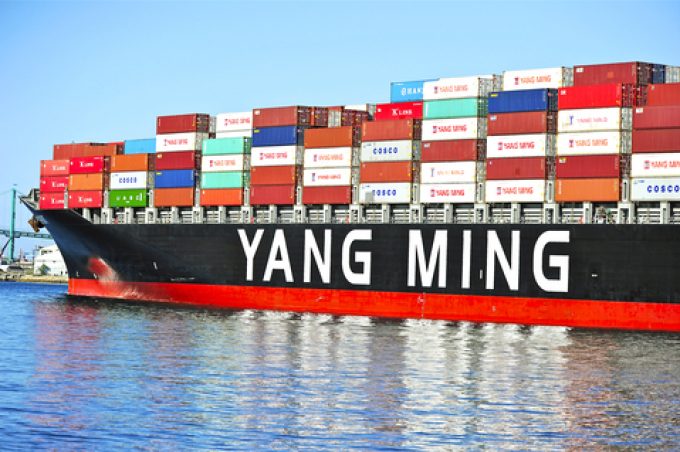Arrests and goods seized as raids across EU uncover massive import fraud
Coordinated raids by the European Public Prosecutor’s Office (EPPO) in several European countries uncovered a ...

Yang Ming has joined its liner peers in diverting ships from the congested Panama Canal to the Cape of Good Hope route as transit restrictions increase.
The Taiwanese mainline operator said on Monday the diversions would up the voyage time for its ...

Comment on this article